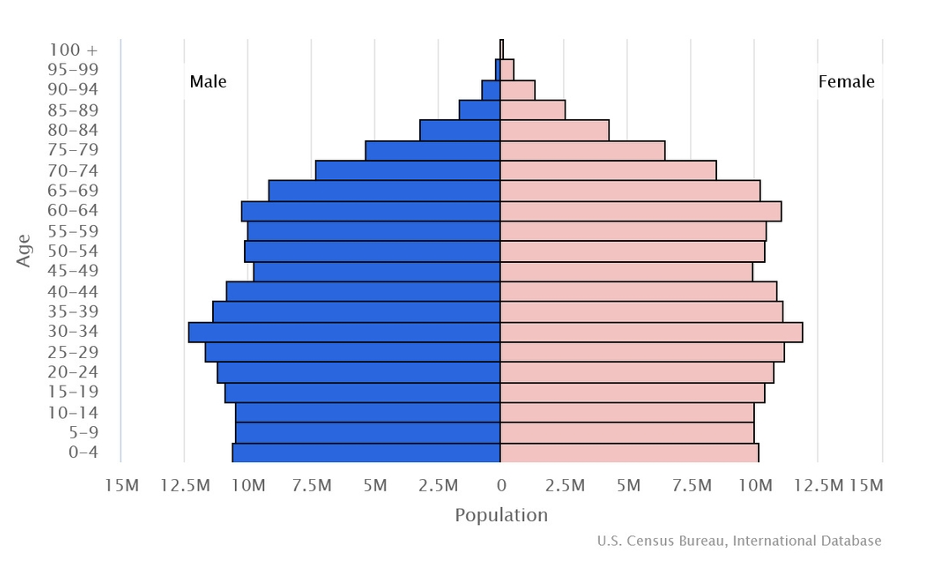Strategic Premise: The military domain is undergoing a radical shift: from traditional manned platforms to force-multiplying autonomous systems. This transition is driven by the expanding capabilities of AI — enabling real-time sensing, decision-making, and mission execution far faster than humans alone.
A Century-Old Weapon, a Modern Brain
Take Ukraine’s integration of the classic M2 “Ma Deuce” .50 cal machine gun into AI‑equipped ground robots. Once a symbol of conventional power, it is now the armament for robotic platforms capable of reconnaissance, logistics, and direct combat — reducing risk, extending reach, and integrating with Sky Sentinel barriers to intercept drones and missiles (linkedin.com, businessinsider.com).
From Crews to Autonomous Wingmen
U.S. Army aviation is rapidly shifting: within two years, divisions will deploy up to 1,000 drones each, while phasing out legacy helicopters. The goal? Shifting the current 90% crewed / 10% uncrewed ratio entirely — to ensure lethality, survivability, and cost efficiency in contested spaces (businessinsider.com).
AI in the Cockpit: Real or Simulation?
DARPA’s ACE program and Sweden’s “Centaur” AI pilot in a Gripen E are not science fiction — they’re real demonstrations: swappable decision-making agents capable of real aerial combat. While official results remain nuanced, the potential is disruptive (the-sun.com).
Ethical, Policy & Strategic Challenges
AI’s military adoption is as much a moral and strategic issue as it is technical:
- NATO’s AI arms discussions and emerging Officer/Enlisted AI specialties highlight policy responses (linkedin.com).
- Autonomous targeting systems like Israel’s IDF “Gospel” reveal the thin line between speed and accountability (en.wikipedia.org).
- Ethical frameworks (e.g., FATE, Just War principles) are critical to maintain legitimacy and risk mitigation (arxiv.org).
Compacct’s Role: Pragmatic Operational Integration
At RocFortis Compacct, we support defense clients in operationalizing AI:
- Proof-of-Concept deployments of autonomous drones and sensor nodes
- Integration frameworks merging AI pipelines with human command loops
- Ethical guardrails ensuring transparency, accountability, and compliance
Key Takeaways for Defense Leaders:
| Insight | Why It Matters |
|---|---|
| Legacy + AI = Relevance | Upgrading existing systems (e.g., M2 on robots) increases their value. |
| Decentralized Avionics = Distributed Lethality | Autonomous wingmen redefine force posture and enhance overall combat effectiveness. |
| AI Ethics = Strategic Advantage | Trustworthy systems strengthen political and operational legitimacy. |
| Human-in-the-Loop = Essential | Hybrid frameworks balance speed with responsibility. |
Conclusion
Autonomous warfare is not a distant future — it’s here. Those who structure AI for mission fidelity, ethical clarity, and operational resilience gain decisive advantage. RocFortis Compacct stands ready with the methodologies, tooling, and framework to ensure your force adapts — not reacts — to this new era of military innovation.



